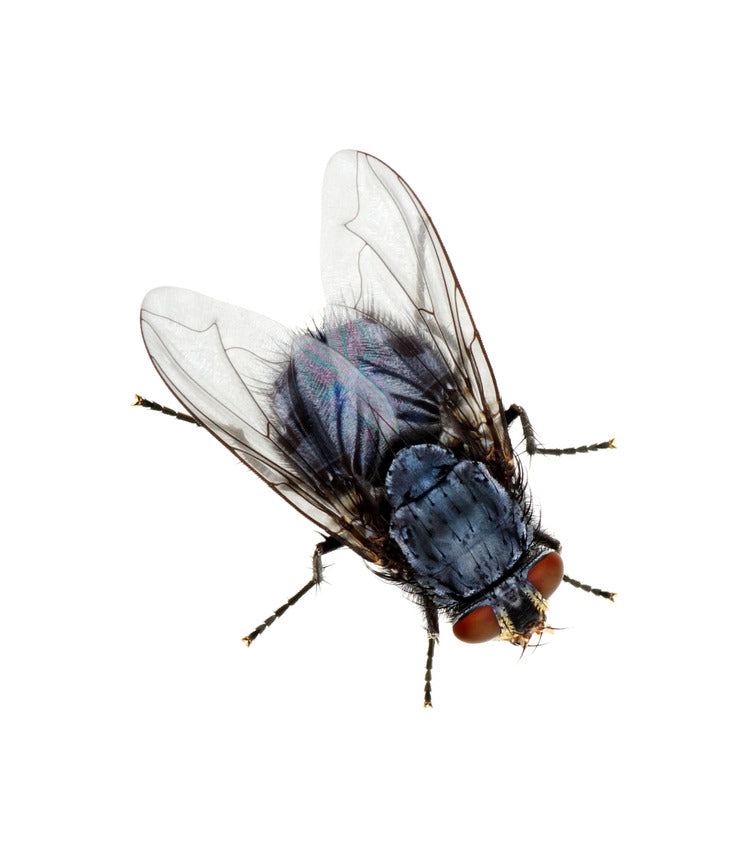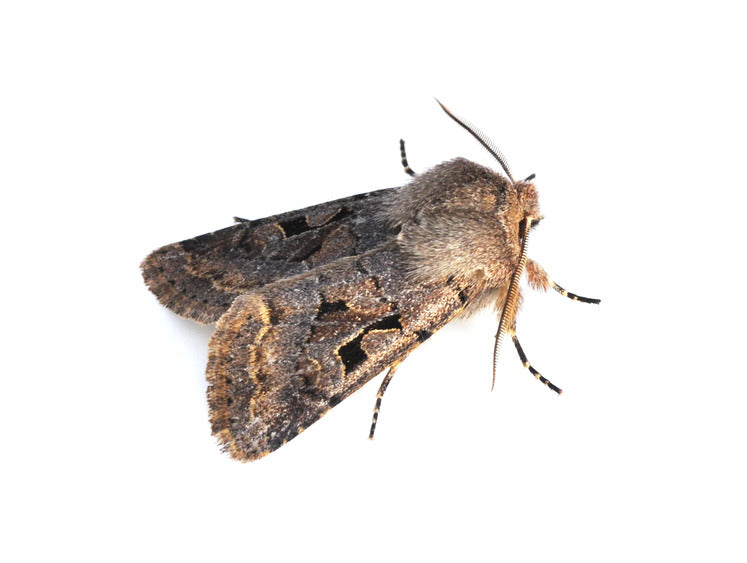
FLYING PEST TIPS

Flies
The house fly is most common type of fly you will find around your home. The house fly is about a quarter of an inch long and dark in color. They often enter through open doors and windows and can be frustrating to catch once inside.
Not only are flies a nuisance to have around your home they are also able to spread disease. In fact, according to the National Pest Management Association, house flies are responsible for around 100 different diseases to humans including salmonella, tuberculosis and more. Flies breed and land in filth, they feed on fecal matter, decaying food, dumps, sewers and more and then carry those germs to your food and food preparation areas. They also pass disease along through their saliva and constant defecating.
Although they do not bite, these annoying, uninvited house guests are fast breeders and if left unchecked can establish large populations inside of your home quickly.

Moths
Moths range from the giant Atlas moth of Asia, which has a wingspan of up to 12 inches, to the ornate Madagascan sunset moth, widely regarded as one of the most beautiful moths in the world. Then you have the annoying moths — the ones that you just don’t want in your home. These moths feed on clothes, food and grain, and they can cause quite a lot of destruction.

Mosquitos
Despite their tiny stature, mosquitoes are among the biggest killers on the planet. They’re well-known as carriers of various diseases, including malaria, dengue, chikungunya, West Nile and Zika. Although malaria has several tried-and-tested medications to treat it and prevent it, the rest are generally a lot less treatable and a lot less preventable. Mosquito eradication is one of the best ways to prevent these diseases from rearing their ugly heads.
What Are Mosquitoes?
Mosquito literally means “little fly,” and it’s an unsurprising name. Although there are thousands of species in this family, not all feed on blood, and not all of those that feed on blood can transmit disease. Around 174 species exist in North America and Mexico, with the four most common being the house mosquito, the southern house mosquito, the Asian tiger mosquito and the yellow fever mosquito.
The male’s job for the species is to impregnate the female and die. As a result, it lacks the penetrative proboscis of the female, which has to survive a little bit longer to deliver her eggs. Typically, the female lays her eggs in water — as many as 100 to 200 during her lifetime. A successful breeding pair can create thousands of mosquitoes in very short order.

